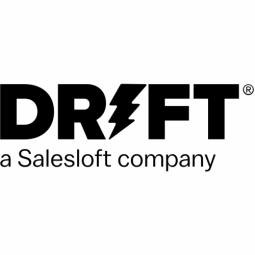下载PDF
Driving Qualified Meetings with IoT: A Case Study on RollWorks and Drift
技术
- 分析与建模 - 机器学习
- 应用基础设施与中间件 - 数据交换与集成
适用行业
- 石油和天然气
- 电信
适用功能
- 销售与市场营销
用例
- 对话机器人
- 实时定位系统 (RTLS)
服务
- 系统集成
挑战
RollWorks 正在寻找一种解决方案来改进潜在客户生成和路由流程,并增强其网站体验。
关于客户
RollWorks 是 NextRoll 的一个部门,为 B2B 公司提供基于帐户的平台,以协调营销和销售团队并增加收入。
解决方案
RollWorks 实施了 Drift(一个对话式营销平台),以实现与网站访问者的个性化、实时交互并推动转化。
运营影响
数量效益
相关案例.

Case Study
Taking Oil and Gas Exploration to the Next Level
DownUnder GeoSolutions (DUG) wanted to increase computing performance by 5 to 10 times to improve seismic processing. The solution must build on current architecture software investments without sacrificing existing software and scale computing without scaling IT infrastructure costs.

Case Study
Remote Wellhead Monitoring
Each wellhead was equipped with various sensors and meters that needed to be monitored and controlled from a central HMI, often miles away from the assets in the field. Redundant solar and wind generators were installed at each wellhead to support the electrical needs of the pumpstations, temperature meters, cameras, and cellular modules. In addition to asset management and remote control capabilities, data logging for remote surveillance and alarm notifications was a key demand from the customer. Terra Ferma’s solution needed to be power efficient, reliable, and capable of supporting high-bandwidth data-feeds. They needed a multi-link cellular connection to a central server that sustained reliable and redundant monitoring and control of flow meters, temperature sensors, power supply, and event-logging; including video and image files. This open-standard network needed to interface with the existing SCADA and proprietary network management software.

Case Study
Refinery Saves Over $700,000 with Smart Wireless
One of the largest petroleum refineries in the world is equipped to refine various types of crude oil and manufacture various grades of fuel from motor gasoline to Aviation Turbine Fuel. Due to wear and tear, eight hydrogen valves in each refinery were leaking, and each cost $1800 per ton of hydrogen vented. The plant also had leakage on nearly 30 flare control hydrocarbon valves. The refinery wanted a continuous, online monitoring system that could catch leaks early, minimize hydrogen and hydrocarbon production losses, and improve safety for maintenance.








